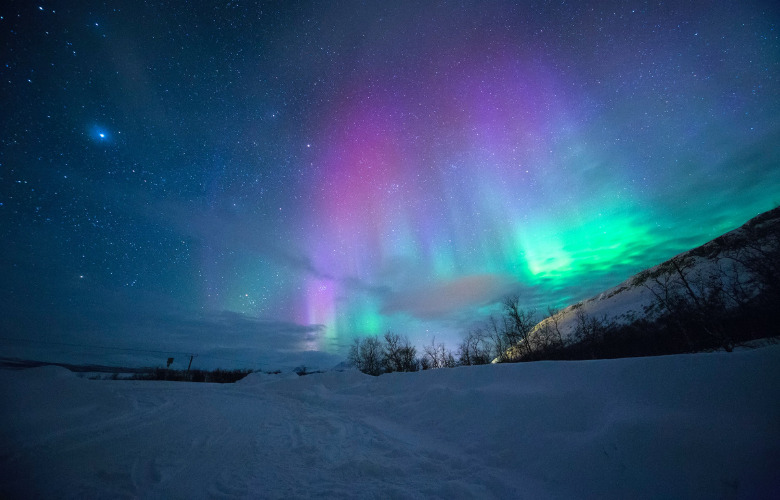
In two previous articles, we looked at what’s happening in Sweden and Iceland regarding theatre. Continuing our exploration of Northern Europe, let’s now look at the Norwegian theatre landscape. Which, just like the beautiful, long-stretched country itself, is vast and full of enchanting surprises. Thus, we won’t be able to look at the entire picture but rather aim to focus on Norway’s diverse independent theatre scene.
Mainstream Norwegian theatre developed along similar lines as in the rest of Europe. The predominant type of theatre is the classical, rather bourgeois theatre which follows clear rules of performance and presentation.
Alternative to “the usual suspects” a strong Norwegian independent theatre scene developed which aimed to distance itself from traditional theatre in its choice of expression and context. It began to grow and develop in the 1960ies.
Back then, Norway was culturally isolated. In a world which had been almost torn apart by World War II, most Norwegians experienced anxiety and closed-mindedness towards the unknown.
They regarded what came from abroad with strong skepticism… including Norwegian theatre artists with international education and practice.
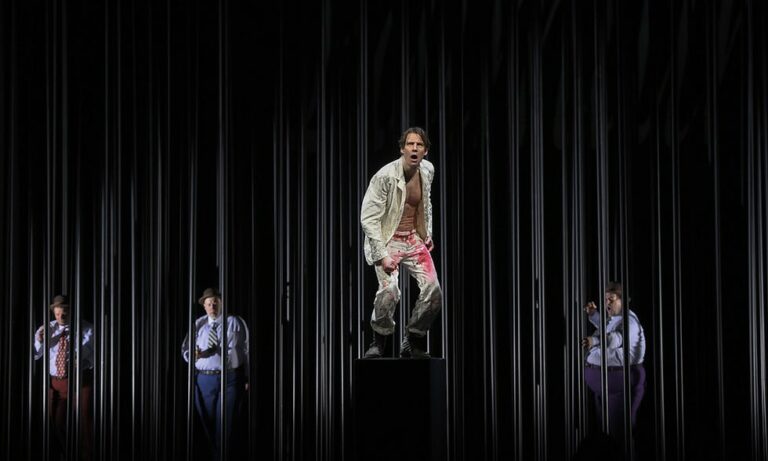
In 1964, Italian director Eugenio Barba moved to Norway and established the company Odin Teatret in Oslo.
Barba had been trained at Jerzy Grotowski’s theatre laboratory in Poland and brought an independent style into Norway. As you might imagine, it wasn’t well received.
Nevertheless, Odin Teatret managed to produce the show Ornitofilene with which they then toured the neighboring Nordic countries as well.
After Ornitofilene, Odin Teatret received no more governmental support from Norway and Eugenio Barba had to give up his dream to enrich the Norwegian theatre landscape with his creations.
However, Ornitofilene had been well received outside of Norway, particularly in Denmark. Thus, Odin Teatret moved to Holstebro in Denmark. It still exists today, and its presence has contributed to culturally reviving the town.
In 1966, another independent theatre was opened in Oslo. It was called Scene 7. The venue was a small, open theatre with an international vibe. And, contrary to Odin Teatret, Scene 7 managed to survive for twenty years.
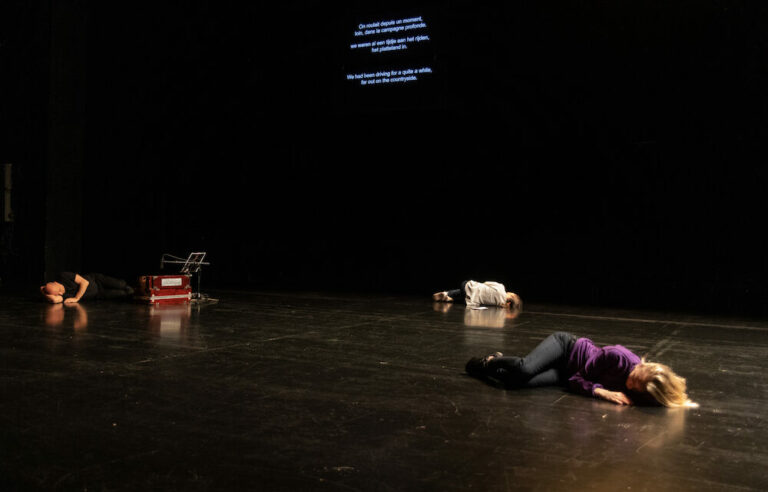
Then, in 1968, a new art centre opened, which along with Club 7 contributed to the capital’s countercultural art environment. The Henie Onstad Art Centre (HOK) in Hovikodden in Baerum, a neighbouring municipality of Oslo.
During the 1960es, 70es and 80es, Hovikodden and Club 7 together helped Oslo’s performing arts scene to claim its place within international modernism.
After Club 7 was closed in 1985, Hovikodden kept holding this important role alone for a long time.
In the Seventies the number of independent theatre and dance companies in Norway had already risen to sixteen companies.
The trend continued in the Eighties when the number of independent artists increased significantly.
This was largely connected to the fact that, in 1982, independent performing groups were accepted into Norway’s national budget.
In 1988, the system was changed into a three-part system divided into a three-year and a one-year theatrical management support. Additionally, a singular projects support was established.
Yet another element was initiated in 1988: From then on, the quality of the artistic work of the companies was considered in the decision to support them or not.
This inevitably, over time, led to a direct increase in the overall quality of independent theatre productions throughout Norway.
And, after Oslo had long been the center of all activity, in the 1980ies, other important Norwegian performing arts hubs were established.

In the mid-1980ies, a fruitful and academic cultural environment for the development and innovation within Norwegian contemporary theatre bloomed in Bergen.
The Bergen International Theatre Festival was founded in 1983. It is an annual festival presenting Norwegian and international performing arts.
In 1990, BIT Teatergarasjen in Bergen became a full-year theatre venue.
Like Black Box Teater in Oslo and Avant Garden in Trondheim, BIT Teatergarasjen has for a number of years been responsible for co-producing and presenting high-quality visiting performances by Norwegian and international productions and companies.
The combined cultural influence of these three venues led to more and better performing options for independent companies and project theatres.
Then there was Baktruppen, which also came out of Bergen. The company was established in 1986 and the name translates into “rear guard.”
Baktruppen was amongst the first companies to introduce a post-modernist mindset in Norwegian theatre. The company worked following an equal-footing mindset in process and aesthetics.
Baktruppen developed performances through spontaneous games with the text material. They used text in new and experimental manners.
As such, their work always contained a certain amount of criticism and discussion on traditional theatre.
They produced many interesting projects. In 1990, for example, they arranged a theatrical football match between Ibsen’s women and Strindberg’s men in Treptower Park in Berlin.
Baktruppen’s early Ibsen work is nowadays regarded as an introduction on how to interpret Ibsen anew.
Yet another important independent theatre company coming out of Bergen, Norway, was Verdensteatret (established by Lisbeth Bodd and Asle Nilsen in 1986). The company still operates today, with Bodd and Nielsen as artistic directors.
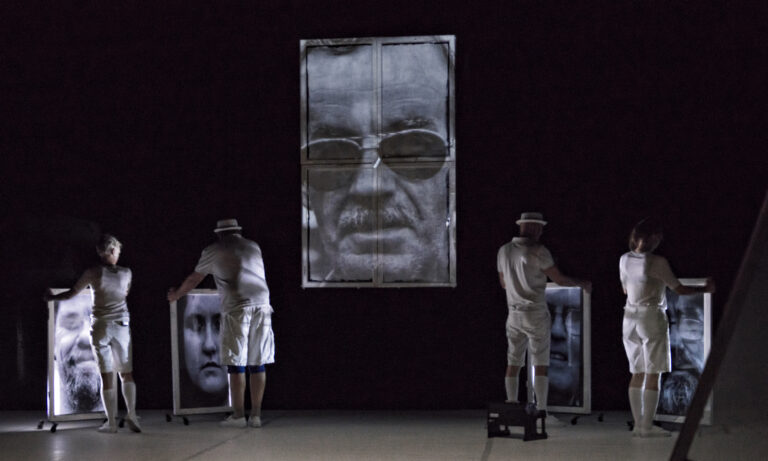
Verdensteatret is an artist collective rather than a theatre company. And it is among the best examples of interdisciplinary work within Norway’s independent theatre scene.
Verdensteatret made a name for themselves, in Norway as well as internationally, when they began mixing interdisciplinary theatrical expression with new technologies.
This began in 2000 and 2001 with their productions Régla and Tsalal. Their big breakthrough came in 2004 with the production Concert for Greenland.
An intriguing mix of interdisciplinary expression and new technologies has been a trademark of their work ever since.
Cultural profile: Norwegian theatre today
“Love Art in Yourself” A Collection of Beautiful Theatre Quotes
The Covid Odyssey of a Stage Manager – Part 1
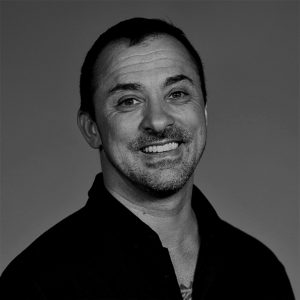

Liam Klenk was born in Central Europe and has since lived on four continents. Liam has always been engaged in creative pursuits, ranging from photography and graphic design, to writing short stories and poetry, to working in theatre and shows. In 2016, Liam published his first book and memoir, 'Paralian'.
Read Full Profile© 2021 TheatreArtLife. All rights reserved.

Thank you so much for reading, but you have now reached your free article limit for this month.
Our contributors are currently writing more articles for you to enjoy.
To keep reading, all you have to do is become a subscriber and then you can read unlimited articles anytime.
Your investment will help us continue to ignite connections across the globe in live entertainment and build this community for industry professionals.